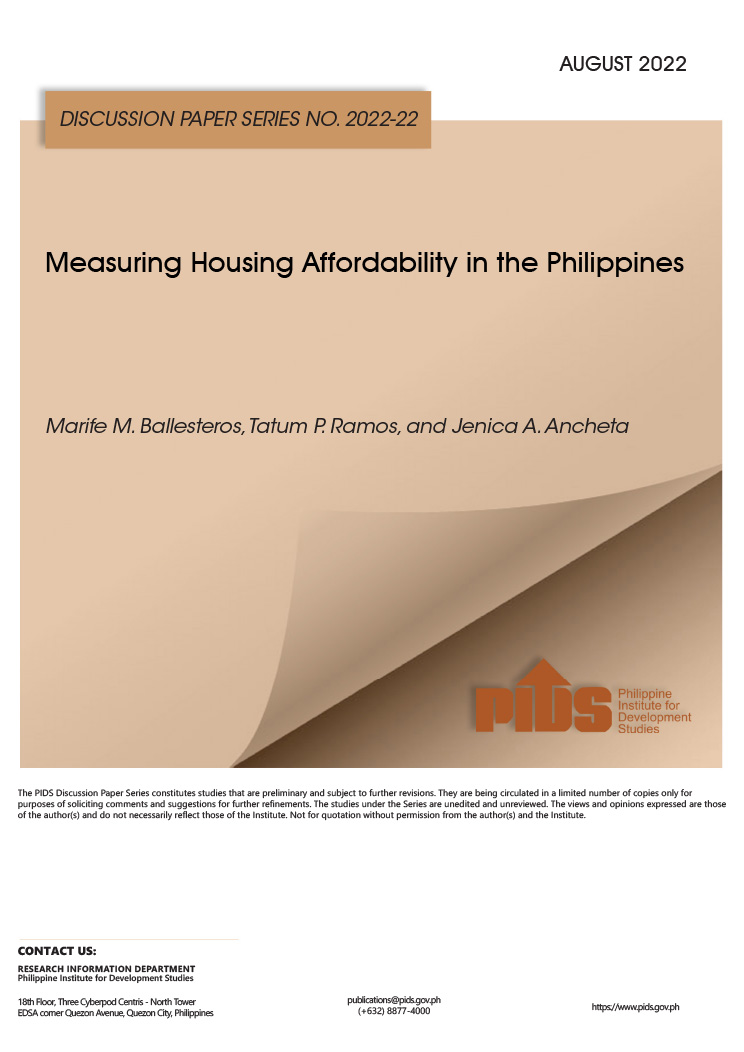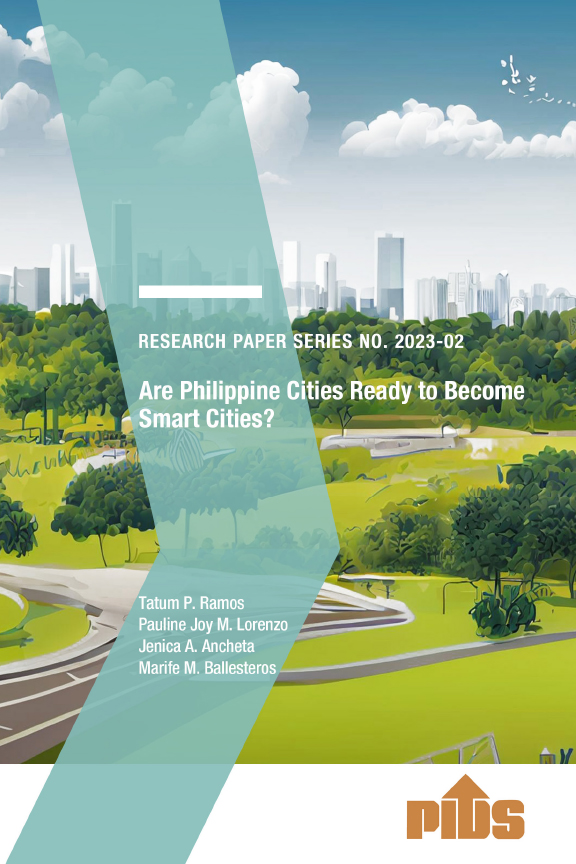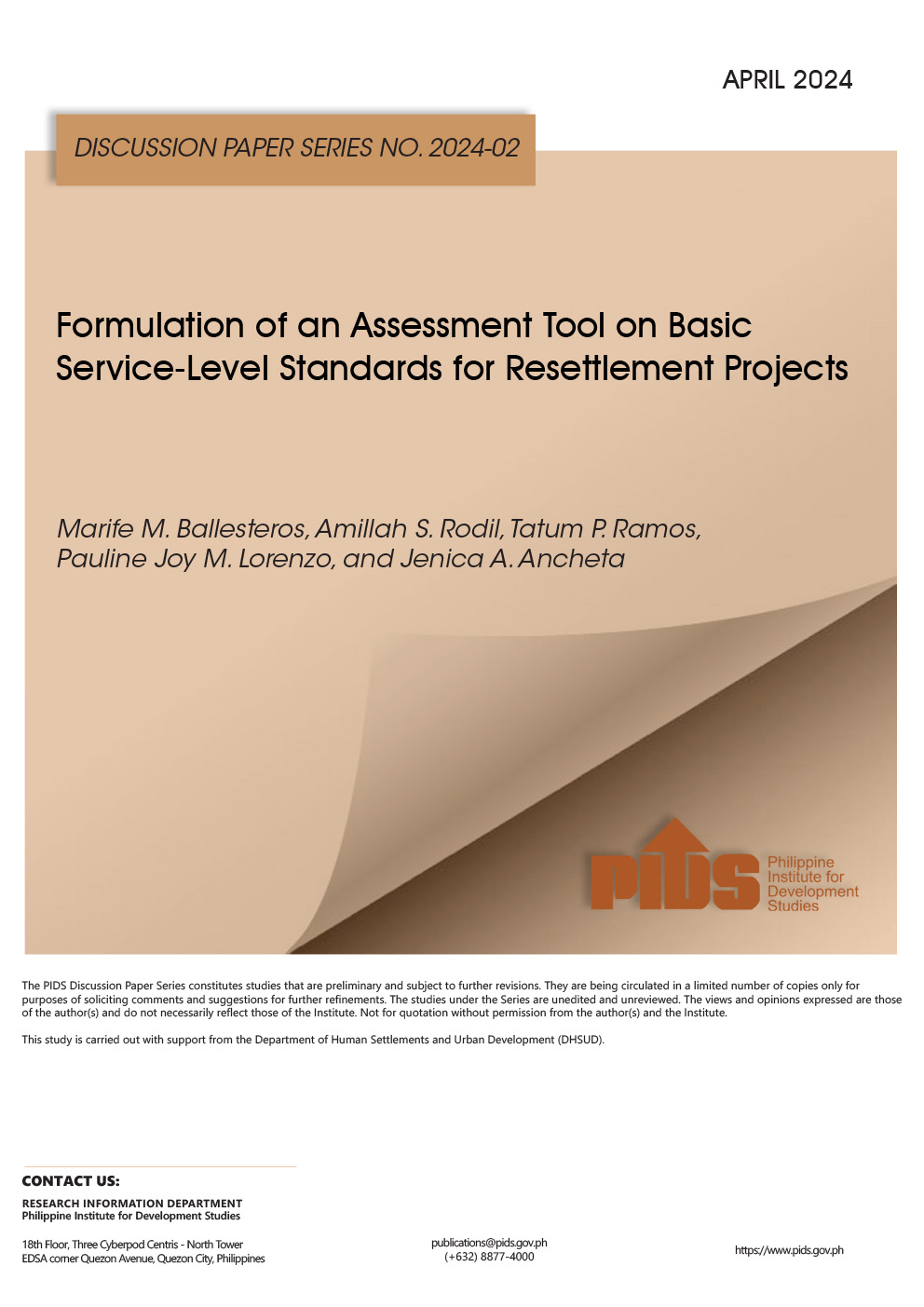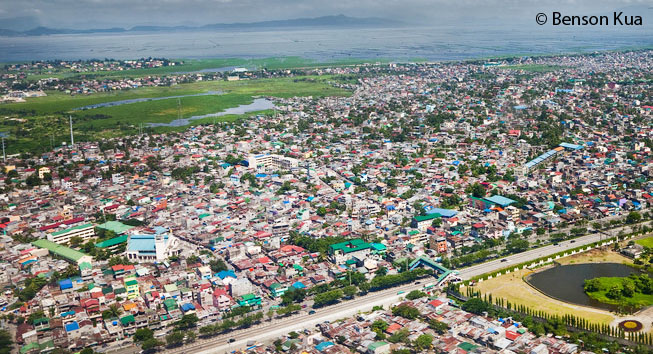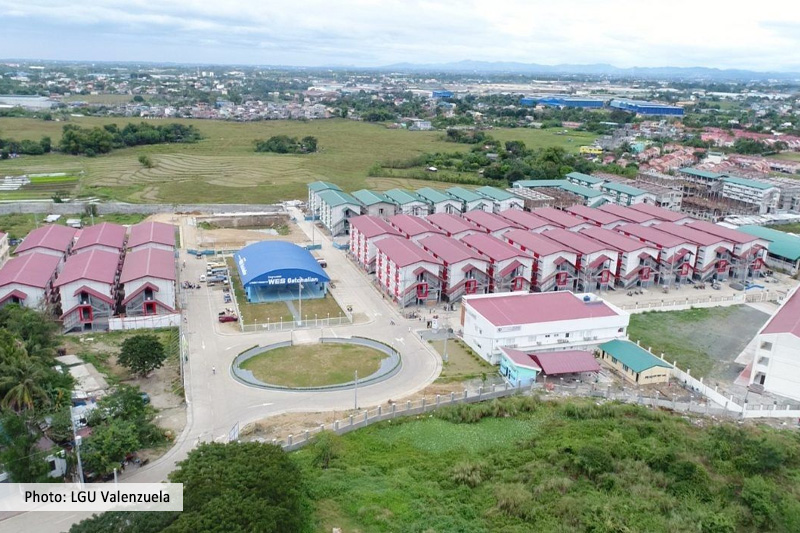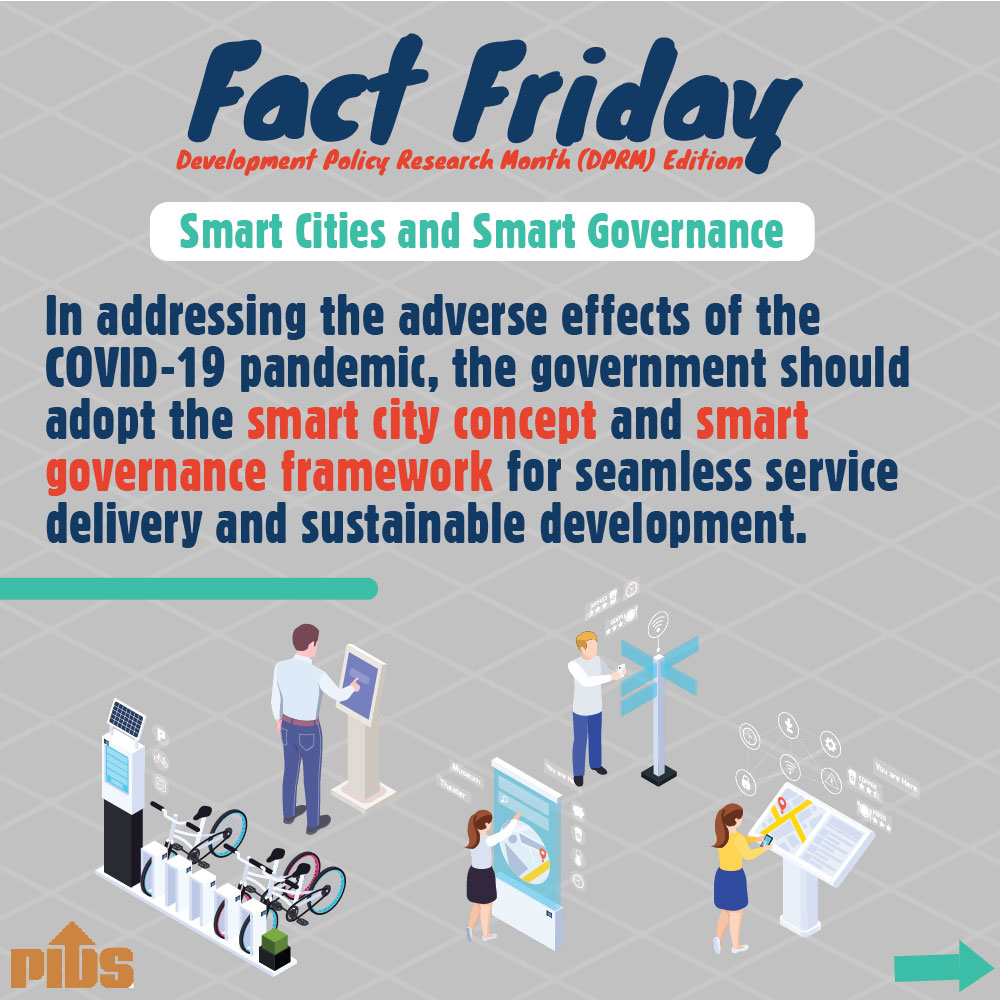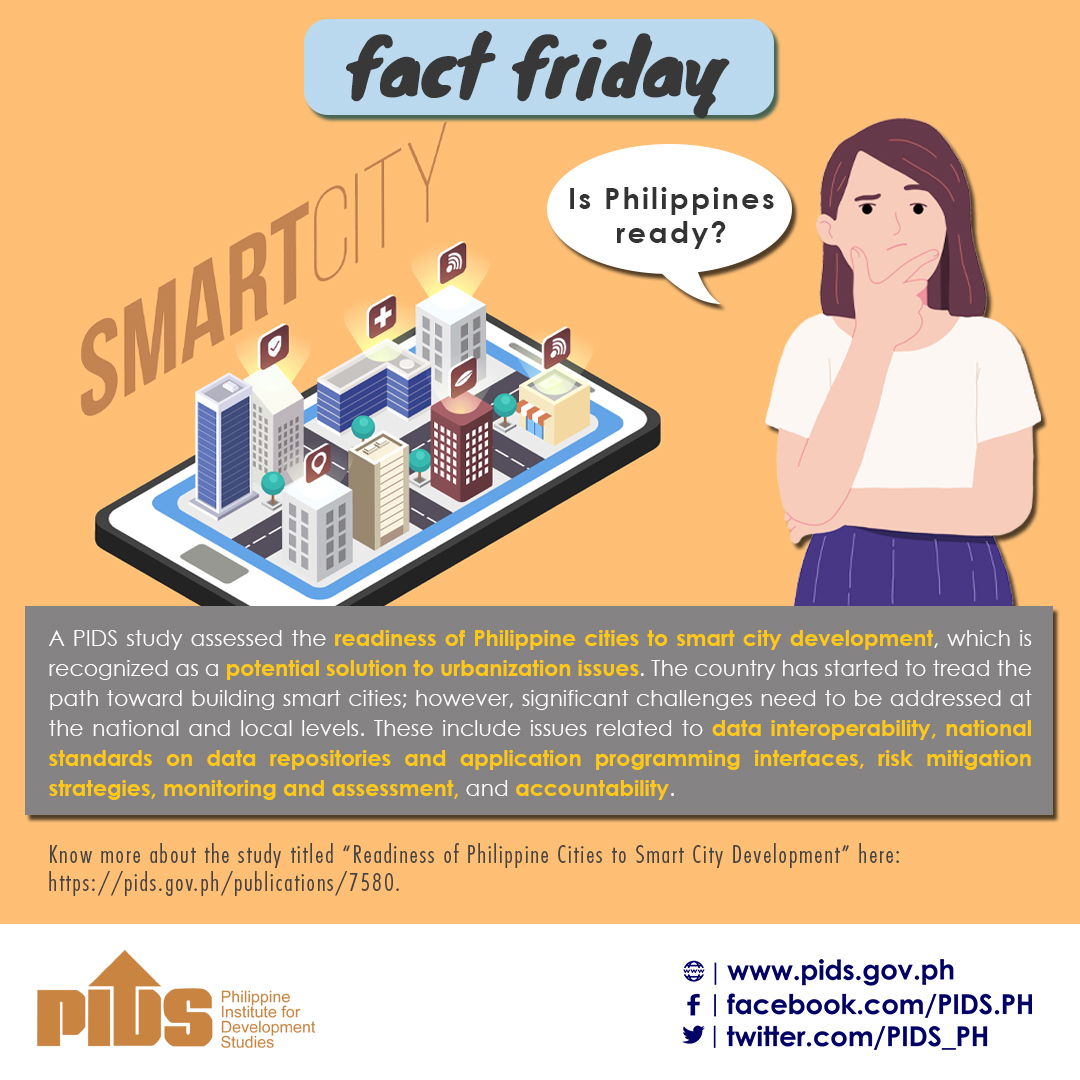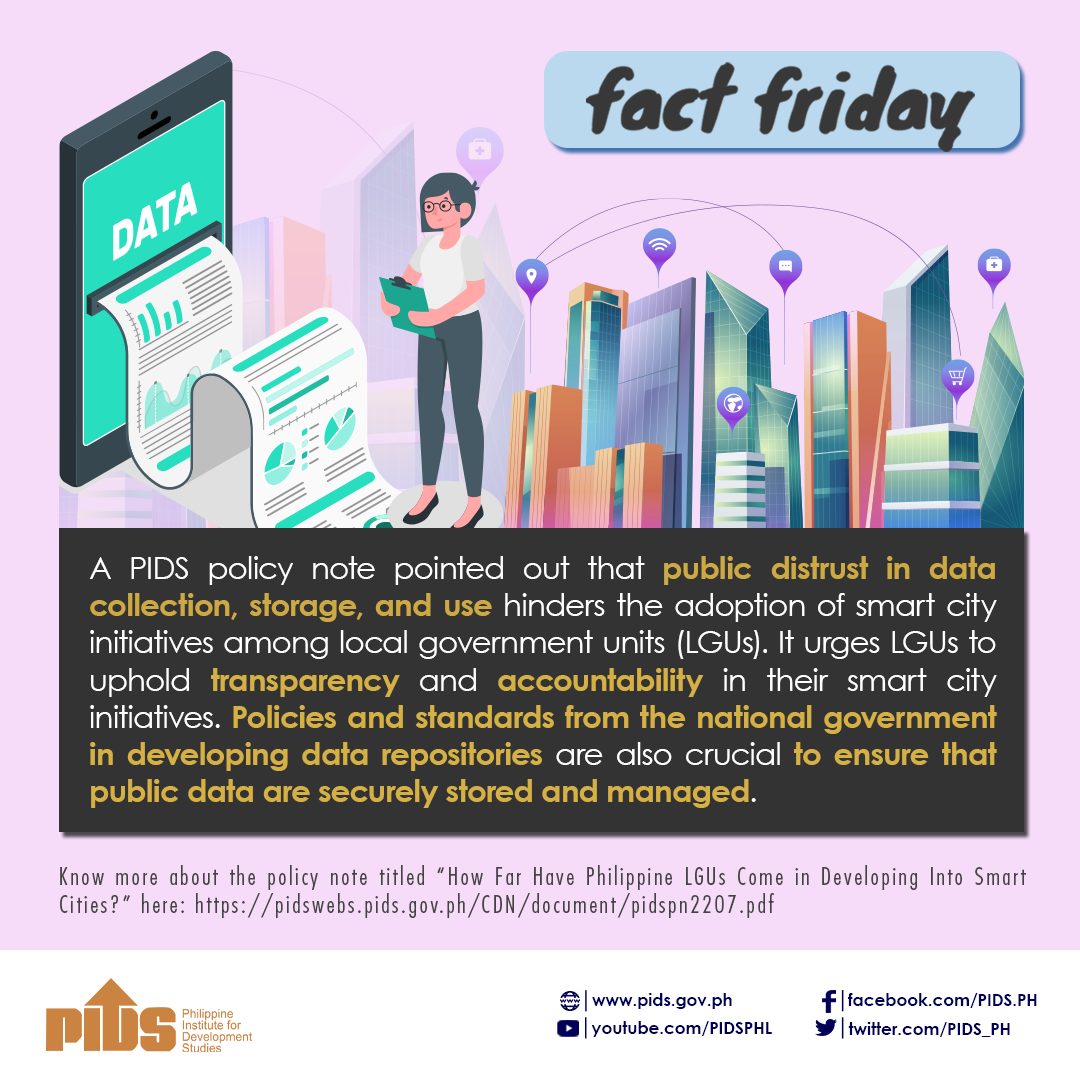TECHNOLOGY has permeated every fiber of society so much it relies on it on a regular basis. The same is true of how cities operate to meet the needs of its residents. This has given rise to what is called "smart cities."
What is a smart city?
As defined on Wikipedia, "A smart city is a technologically modern urban area that uses different types of electronic methods and sensors to collect specific data." This data is used to improve the city government's operations to make it more efficient in meeting the needs of its residents. This also ensures a better quality of government service and citizen welfare.
Such examples of smart cities around the world are Singapore, Dubai, Amsterdam, New York and London, among others.
The aforementioned cities are considered smart cities as they all have the following characteristics — technology-based infrastructure, environmental initiatives, highly functional public transportation, confident and progressive city plans; and livability.
Smart cities and technology appear to go hand in hand. Technology is seamlessly integrated into a city's infrastructure. One such example on how it is applied is in the regulation of traffic — from monitoring the flow of traffic to optimizing traffic lights. The program can be designed in a way traffic lights can detect the volume of vehicles to determine how long must the red or green light be on, which is seen as a better system than relying on a timer.
Usually, when one thinks of cities, they are polluted as the environment is sacrificed in the name of advancement. Smart cities correct that notion by proving nature can harmoniously coexist with urban development. These cities accommodate "green" areas, such as parks, where trees and plants can grow. Greenery not only "decorates" the city, but also helps clean the air and give denizens a place to relax and unwind from their hectic schedules.
Like livable cities, smart cities have efficient public transportation systems. This is tied in with technology-based infrastructure, which ensures these transport systems run smoothly and efficiently, particularly ensuring they arrive and leave on time.
Singapore is considered one of the smart cities in the world. It has all the characteristics that make it such — technology-based infrastructure, environmental initiatives, efficient public transportation, progressive city planning and livability.
While smart cities appear to be "perfect," forward-looking planners and city officials are not satisfied and will find areas they feel may need further improvement and incorporate that in a new set of plans. They know technology will continue to evolve and what may be the thing today may be outdated tomorrow. The challenge lies in keeping up with technology and integrating it in the infrastructure.
Singaporean architect and urban planner Dr. Cheong Koon Hean said a smart city is likened to the five senses of the human body, which has sensors that help the body adapt to the surroundings. "If you add a sensor layer on to a town, it collects data and insights from these data for communities to learn and to adapt."
Livability is not only limited to a clean environment, but making daily lives of residents easier or convenient with the aid of technology.
Such examples would be digital or cashless payments and providing efficient social services. These are some of the things that would make people like to live in smart cities because their needs are met efficiently and are less inconvenienced.
Smart cities in the Philippines
The Philippine Institute for Development Studies said the Philippines is heading toward building smart cities but it continues to face challenges along the way.
It cited the problems as operational costs and lack of interoperability.
"While the majority of LGUs (local government units) have existing basic ICT (information communication technology) infrastructure, the fast-paced growth of the technology industry requires these LGUs to continuously upgrade their systems which can be very costly," it said.
Lacking systems interoperability has also made it difficult for LGUs to collate data, especially in times of disasters and emergencies.
Other challenges include "the digital divide, lack of policies and standards in implementing smart city initiatives, and change in administration."
While the national government is expected to play a significant role, the Department of the Interior and Local Government is being prodded to encourage LGUs to adopt the smart city concept and provide incentives to those that do.
Meanwhile, architect and urban planner Felino "Jun" Palafox Jr. is working with San Miguel Corp. in constructing an "aerotropolis" in Clark Freeport Zone. It is hoped that this aerotropolis would serve as a model of a smart city in the Philippines.
"Establishing seamless connectivity to and from our country and to the rest of the world through world-class and sustainable aerotropolis in different parts of our country can encourage more investments and help expand inclusive growth and development across our towns, cities, regions and the rest of the world. The new metropolitan aerotropolis can propel our country into a First-World status well into the 21st century," said Palafox.

